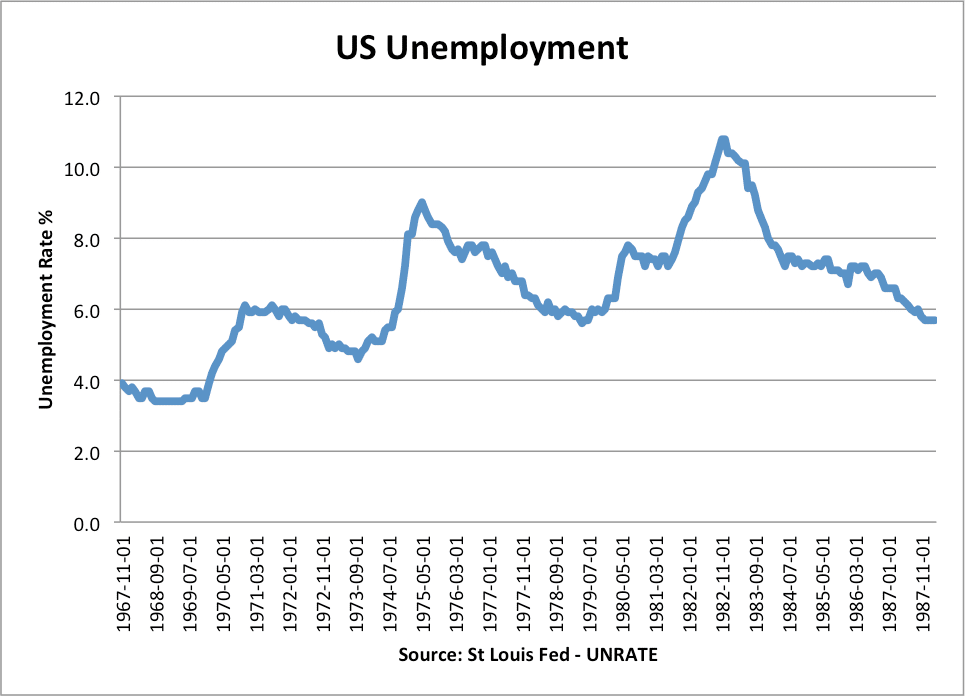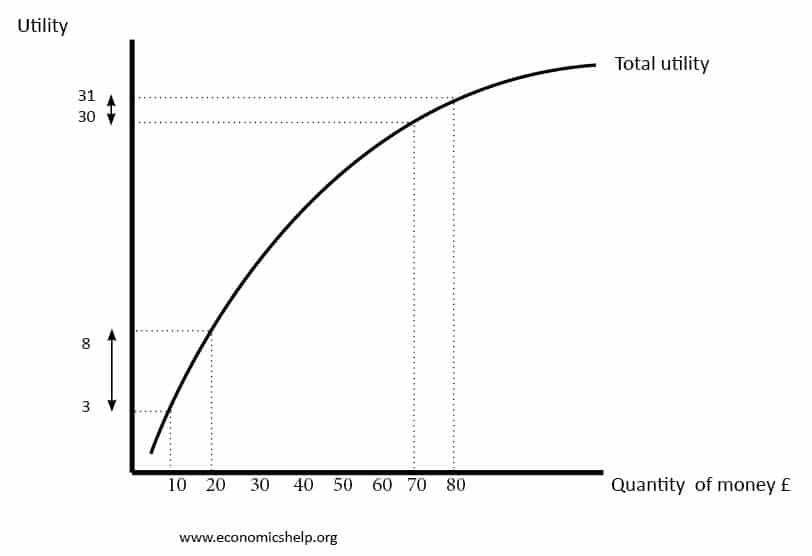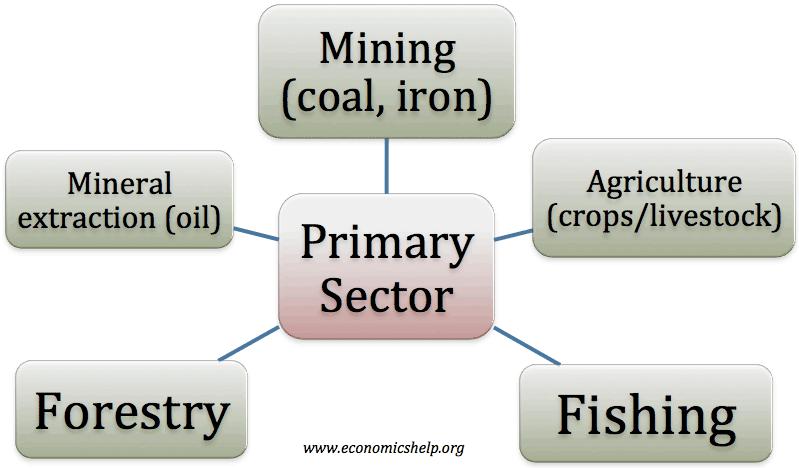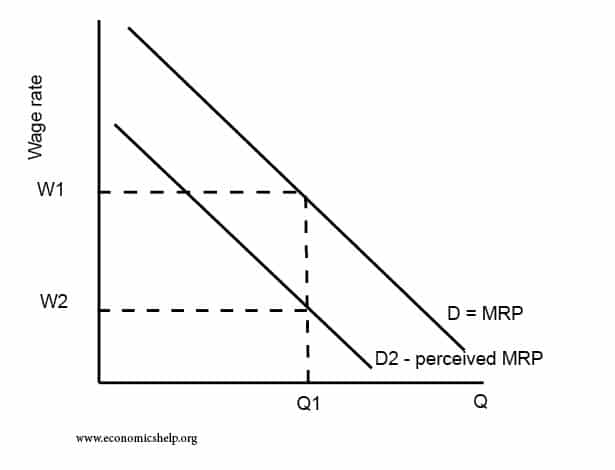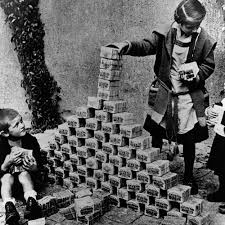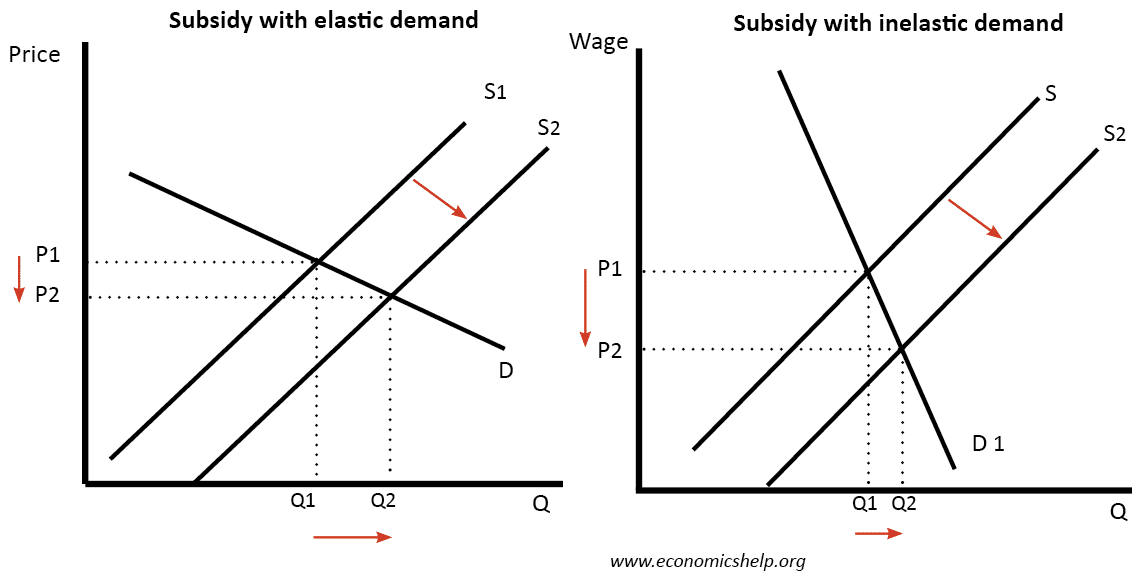Economic growth per capita
Economic growth per capita looks at the average increase in real GDP per person. We could have economic growth of 3% a year. But, if population growth is also 3%, then average incomes – Real GDP per capita will remain the same. If the population declines by 2% a year, but real GDP increases 1% …

